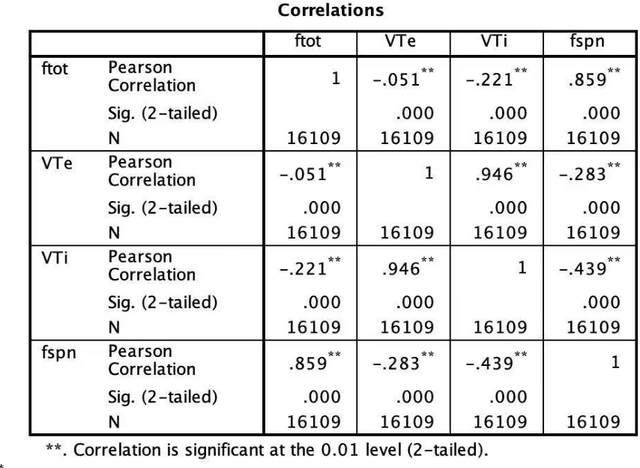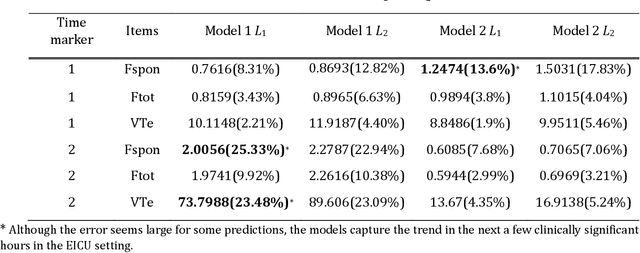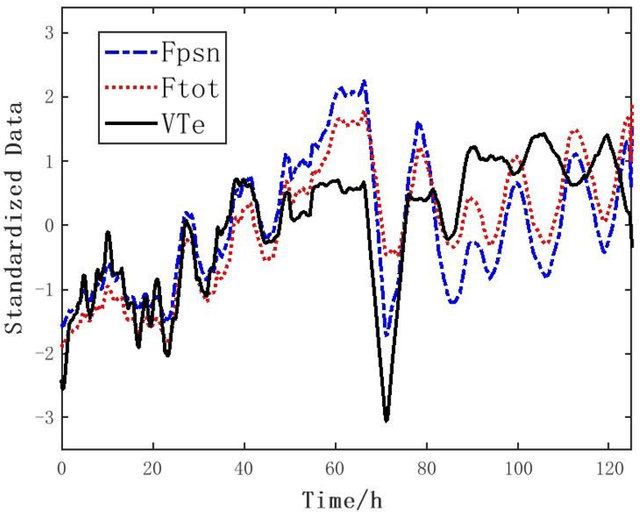Yunhan Wang
Investigating Advanced Reasoning of Large Language Models via Black-Box Interaction
Aug 26, 2025Abstract:Existing tasks fall short in evaluating reasoning ability of Large Language Models (LLMs) in an interactive, unknown environment. This deficiency leads to the isolated assessment of deductive, inductive, and abductive reasoning, neglecting the integrated reasoning process that is indispensable for humans discovery of real world. We introduce a novel evaluation paradigm, \textit{black-box interaction}, to tackle this challenge. A black-box is defined by a hidden function that maps a specific set of inputs to outputs. LLMs are required to unravel the hidden function behind the black-box by interacting with it in given exploration turns, and reasoning over observed input-output pairs. Leveraging this idea, we build the \textsc{Oracle} benchmark which comprises 6 types of black-box task and 96 black-boxes. 19 modern LLMs are benchmarked. o3 ranks first in 5 of the 6 tasks, achieving over 70\% accuracy on most easy black-boxes. But it still struggles with some hard black-box tasks, where its average performance drops below 40\%. Further analysis indicates a universal difficulty among LLMs: They lack the high-level planning capability to develop efficient and adaptive exploration strategies for hypothesis refinement.
Benchmarking Data Efficiency and Computational Efficiency of Temporal Action Localization Models
Aug 24, 2023



Abstract:In temporal action localization, given an input video, the goal is to predict which actions it contains, where they begin, and where they end. Training and testing current state-of-the-art deep learning models requires access to large amounts of data and computational power. However, gathering such data is challenging and computational resources might be limited. This work explores and measures how current deep temporal action localization models perform in settings constrained by the amount of data or computational power. We measure data efficiency by training each model on a subset of the training set. We find that TemporalMaxer outperforms other models in data-limited settings. Furthermore, we recommend TriDet when training time is limited. To test the efficiency of the models during inference, we pass videos of different lengths through each model. We find that TemporalMaxer requires the least computational resources, likely due to its simple architecture.
Investigation of Architectures and Receptive Fields for Appearance-based Gaze Estimation
Aug 18, 2023


Abstract:With the rapid development of deep learning technology in the past decade, appearance-based gaze estimation has attracted great attention from both computer vision and human-computer interaction research communities. Fascinating methods were proposed with variant mechanisms including soft attention, hard attention, two-eye asymmetry, feature disentanglement, rotation consistency, and contrastive learning. Most of these methods take the single-face or multi-region as input, yet the basic architecture of gaze estimation has not been fully explored. In this paper, we reveal the fact that tuning a few simple parameters of a ResNet architecture can outperform most of the existing state-of-the-art methods for the gaze estimation task on three popular datasets. With our extensive experiments, we conclude that the stride number, input image resolution, and multi-region architecture are critical for the gaze estimation performance while their effectiveness dependent on the quality of the input face image. We obtain the state-of-the-art performances on three datasets with 3.64 on ETH-XGaze, 4.50 on MPIIFaceGaze, and 9.13 on Gaze360 degrees gaze estimation error by taking ResNet-50 as the backbone.
A Deep Learning Approach to Predicting Ventilator Parameters for Mechanically Ventilated Septic Patients
Feb 21, 2022



Abstract:We develop a deep learning approach to predicting a set of ventilator parameters for a mechanically ventilated septic patient using a long and short term memory (LSTM) recurrent neural network (RNN) model. We focus on short-term predictions of a set of ventilator parameters for the septic patient in emergency intensive care unit (EICU). The short-term predictability of the model provides attending physicians with early warnings to make timely adjustment to the treatment of the patient in the EICU. The patient specific deep learning model can be trained on any given critically ill patient, making it an intelligent aide for physicians to use in emergent medical situations.
 Add to Chrome
Add to Chrome Add to Firefox
Add to Firefox Add to Edge
Add to Edge